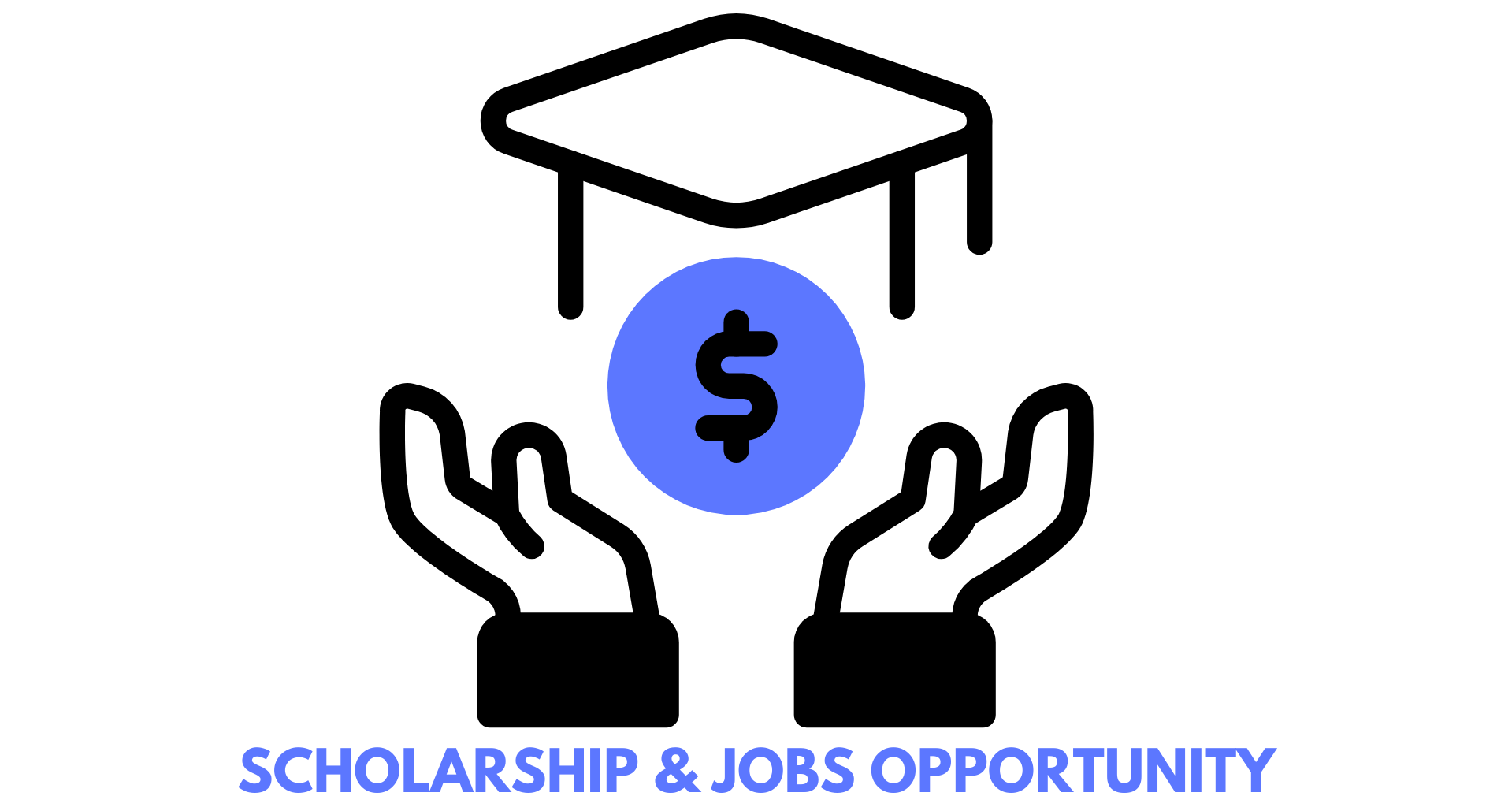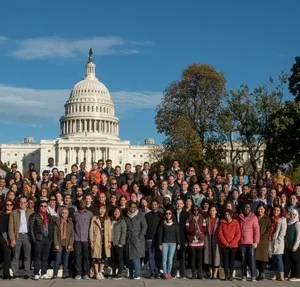Introduction
Let’s face it: college in America is expensive. With the average annual cost of a four-year degree hovering around [$38,000](https://www.collegeboard.org/) for public schools and over $55,000 for private institutions, the financial burden can feel overwhelming. But here’s the good news: scholarships exist to bridge this gap, and they’re more accessible than you might think. Whether you’re a high school senior, a returning student, or a parent navigating this journey, this guide will walk you through the ins and outs of securing scholarships in America—with actionable tips, key comparisons, and insights into the evolving dynamics of financial aid.
—
Why Scholarships Matter More Than Ever
Scholarships aren’t just “free money.” They’re lifelines that reduce student debt, unlock opportunities, and empower students to focus on their education instead of financial stress. Consider this: over $6 billion in scholarships is awarded annually through platforms like [Scholarship America](https://scholarshipamerica.org/), one of the nation’s largest nonprofit scholarship organizations. But with competition intensifying and application processes growing more nuanced, understanding how to stand out is critical.
—
Types of Scholarships: Finding Your Fit
Not all scholarships are created equal. Here’s a breakdown of the most common types, along with their requirements and benefits:
| Scholarship Type | Key Criteria | Average Award | Deadlines |
|————————-|———————————|——————-|———————–|
| Merit-Based | GPA, test scores, leadership | $2,500–$10,000 | Rolling or annual |
| Need-Based | Financial need (via FAFSA/CSS) | $1,000–$20,000 | Aligns with FAFSA |
| Athletic | Sports performance | Varies widely | Varies by institution |
| Minority/Essay-Based | Background, identity, or essay | $500–$5,000 | Often quarterly |
Merit-Based Scholarships reward academic or extracurricular excellence. For example, the National Merit Scholarship Program awards up to $2,500 to top PSAT scorers.
Need-Based Scholarships, on the other hand, require submitting the [FAFSA](https://studentaid.gov/) (Free Application for Federal Student Aid) to demonstrate financial need. Meanwhile, niche scholarships—like those for left-handed students or aspiring beekeepers—highlight the importance of tailoring your search.
How to Find Scholarships: Cast a Wide Net
1. Start Early: Begin researching scholarships at least a year before college. High school counselors and platforms like [Fastweb](https://www.fastweb.com/) offer curated lists.
2. Leverage Local Resources: Community organizations, religious groups, and local businesses often offer smaller, less competitive awards.
3. Use Scholarship Search Engines: Websites like [Cappex](https://www.cappex.com/) and the [College Board Scholarship Search](https://bigfuture.collegeboard.org/scholarship-search) filter opportunities based on your profile.
Pro Tip: Set up email alerts for new scholarships and deadlines!
Crafting a Winning Application: Quality Over Quantity
A stellar application requires three pillars:
1. A Standout Essay: Share a unique story that highlights resilience, passion, or growth. Avoid clichés like “I learned the value of hard work.”
2. Strong Letters of Recommendation: Choose teachers or mentors who know you well—not just those with impressive titles.
3. Attention to Details: Follow formatting rules, meet word counts, and submit materials early.
Fun Fact: Scholarship America reports that 30% of applications are disqualified for missing deadlines or incomplete materials.
Scholarship America: A Closer Look
As a cornerstone of U.S. financial aid, Scholarship America has distributed over $4.8 billion to 2.8 million students since 1958. Their programs, like the Dream Award and Dollars for Scholars, support everyone from first-gen students to adult learners.
How to Contact Scholarship America Customer Service
Have questions about eligibility or application status? Reach their team via:
– Email: info@scholarshipamerica.org
– Live Chat: Available on their [website](https://scholarshipamerica.org/contact/).
Scholarship America Hub: Your Digital Toolkit
The [Scholarship America Hub](https://scholarshipamerica.org/hub/) is a centralized portal for managing applications, tracking deadlines, and accessing resources like essay-writing workshops. Create an account to streamline your search!
Address:
Scholarship America
One Scholarship Way
Saint Peter, MN 56082
Common Mistakes to Avoid
Applying Only to “Big” Scholarships: Smaller awards ($500 or less) have fewer applicants. Ten $500 scholarships = $5,000!
Recycling Essays: Tailor each essay to the scholarship’s mission. Mention the organization by name.
–Ignoring Eligibility Requirements: Don’t waste time on scholarships for STEM majors if you’re studying art.
The Bigger Picture: Implications and Dynamics
The scholarship landscape is shifting. Corporations like Coca-Cola and Google are increasingly funding awards to diversify talent pipelines. Meanwhile, the rise of “no-essay” scholarships (awarded via random drawings) sparks debate about merit vs. accessibility. Additionally, the COVID-19 pandemic prompted many organizations to relax requirements, accepting digital submissions and delayed transcripts.
Conclusion: Your Scholarship Journey Starts Now
Securing a scholarship isn’t about luck—it’s about strategy, persistence, and authenticity. By leveraging resources like **Scholarship America**, refining your application materials, and avoiding common pitfalls, you’ll maximize your chances of success. Remember, every dollar earned is a step closer to your academic dreams.
“Education is the passport to the future, for tomorrow belongs to those who prepare for it today.” — Malcolm X
Now, go forth and apply!






